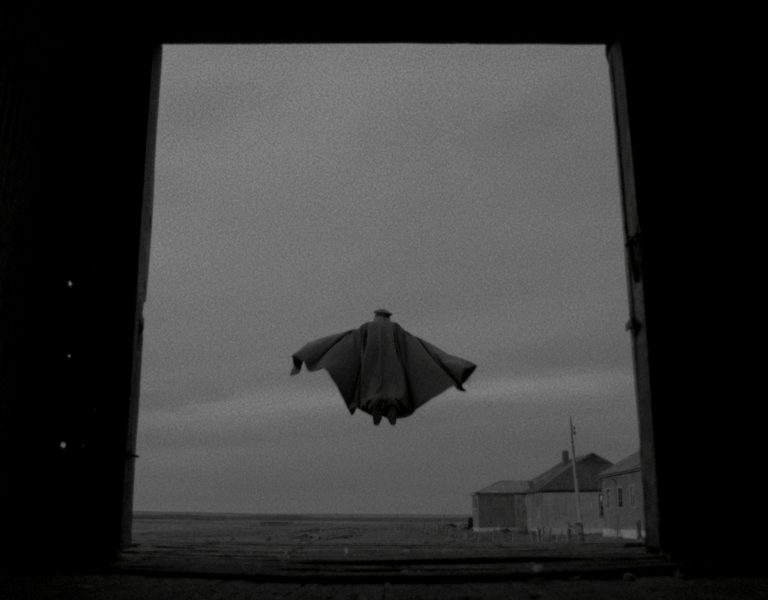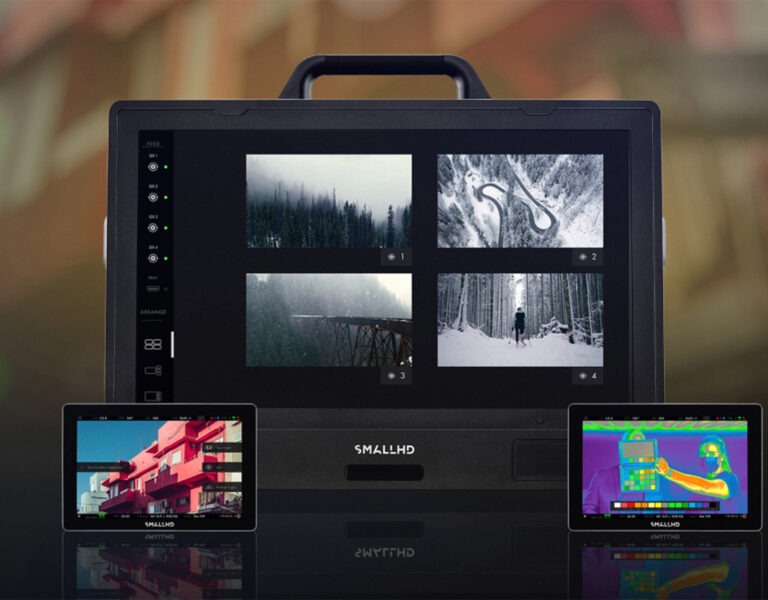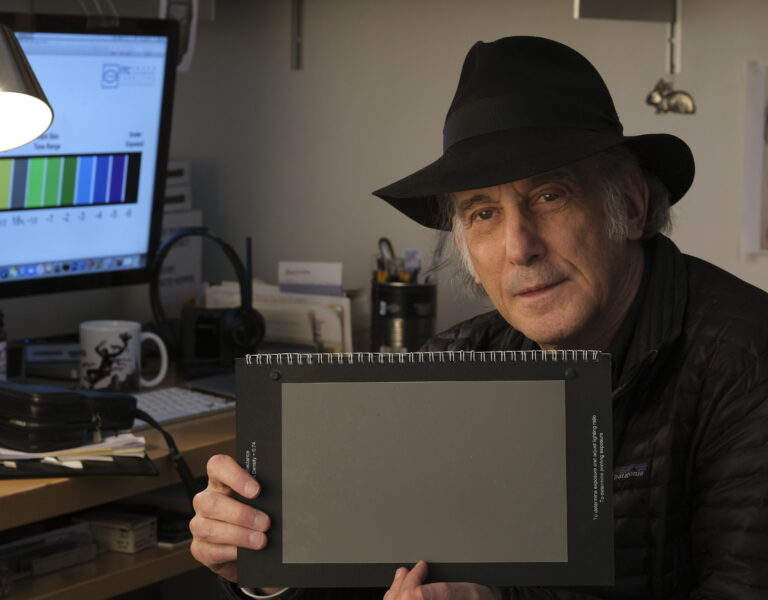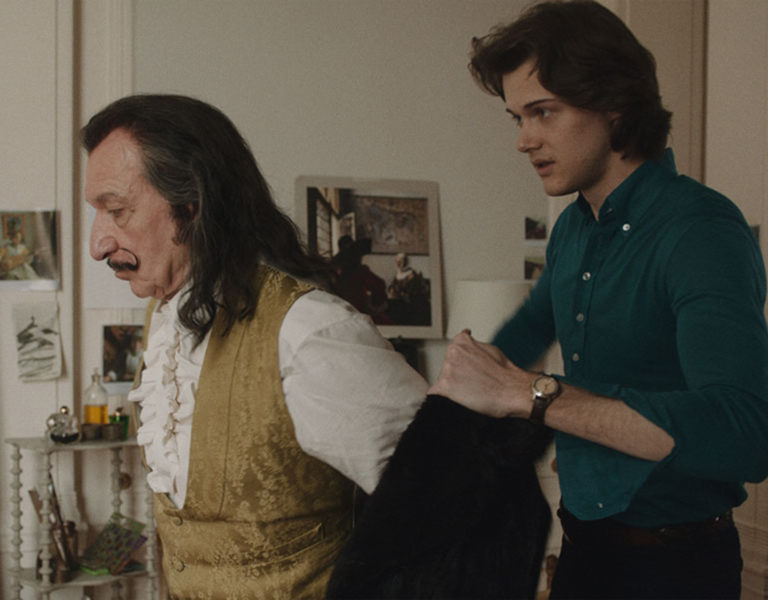El Conde first feature film to use Ed Lachman ASC’s EL Zone with SmallHD monitors
Feb 29, 2024
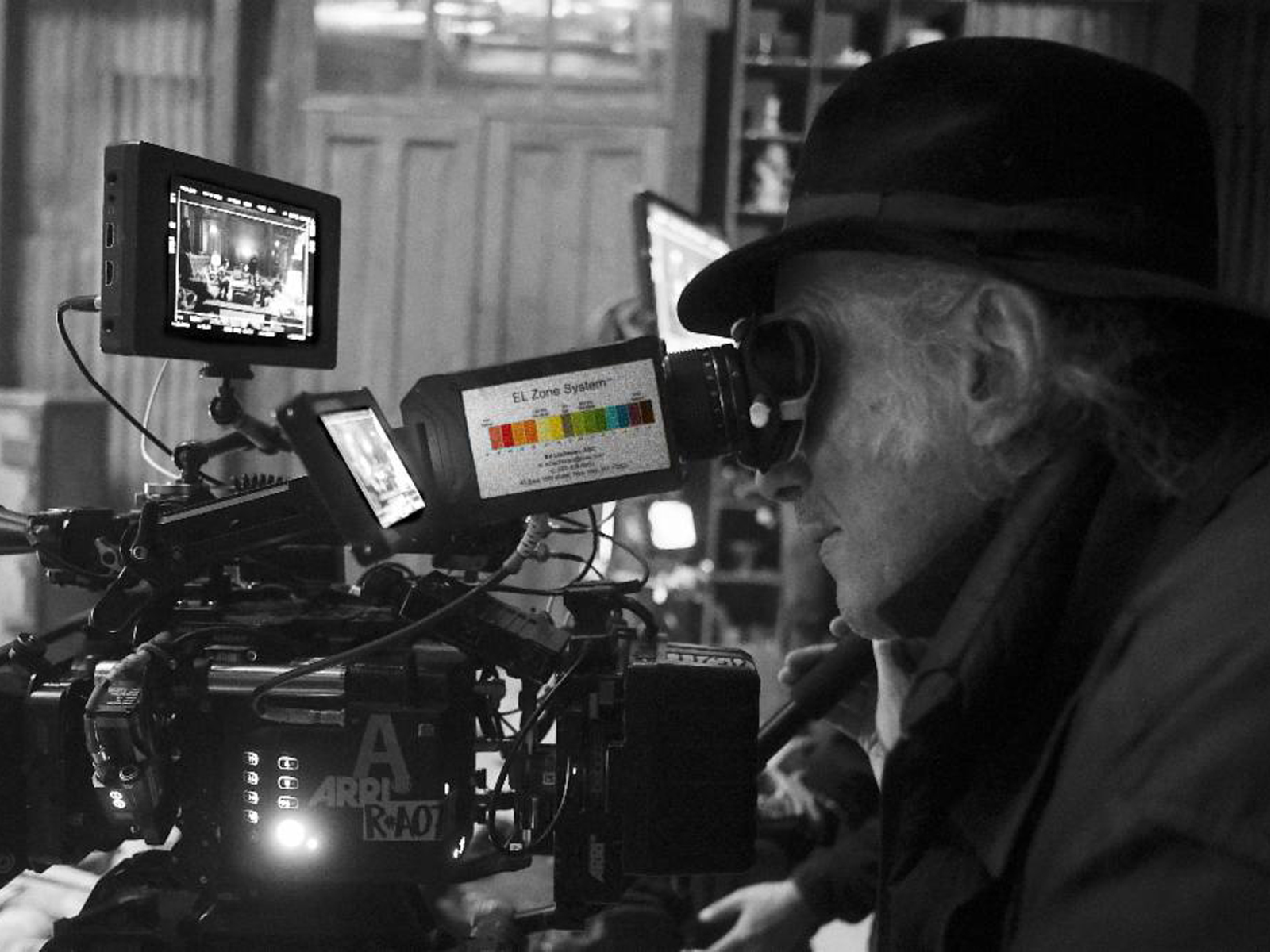
With credits spanning landmark films like The Virgin Suicides, The Limey, Erin Brockovich, and Carol, Ed Lachman ASC is a respected leader in the craft of cinematography.
Beyond his many cinematic accomplishments, Lachman’s development of the EL Zone, a tool for standardising exposure measurement on set, is positioned to be one of his biggest contributions. Short for ‘Exposure Latitude,’ the cinematographer demonstrated the potential and efficacy of the EL Zone System used on SmallHD monitors in the 2024 ASC- and Oscar®-nominated, El Conde.
The political satire/modern gothic film from director Pablo Larraín is laden with beautiful black and white imagery that especially stands out due to its use of extended mid-range tones. The look’s extended shades of gray were produced by a multi-pronged approach. An ARRI LF with a custom monochromatic sensor was paired with Zero Optik’s rehoused vintage Baltar lenses, as well as Lachman’s own black and white filters, to affect contrast. Adding a SmallHD monitor with EL Zone, the cinematographer was able to get the maximum potential from these tools. “When people talk to me about El Conde, they ask how I got so much detail in the mid-range,” Lachman explains. “EL Zone gave me a visual representation in creating the image–I could control exactly where the exposure wanted to be by placing detail in the highlights and shadows.”
A cinematographer who has truly forged the transition from film to digital, Lachman had for years sought a better way to understand exposure in the vast landscape of digital cameras. Each camera manufacturer practices its own unique, non-standardized approach to using false color, exposure mapping, and IRE (a unit of measurement for video inherited from the Institute of Radio Engineers, originally used for evaluating sound waves and recording lightning from 1912).
It didn’t make sense to Lachman. “IRE is a linear measurement in voltage signals, which isn’t used correctly to interpret stops. In the photochemical world, the standard of meters, lens stops, or even in the post are the way we communicate on the set which is logarithmic, where you have to double the amount of light to increase one stop. I never understood why there was always a discrepancy between the way I interpreted light and what our DIT related to me until I did extensive tests and tracked IRE values for exposure against the analog stop values,” he explains. “I wanted the same confidence in communication and understanding of how to manipulate the image and pre-visualize the final results, as I had had in film using a light meter, the ASA of film stocks, and working with the lab.”
EL Zone implements principles dating back to the end of the early 40s from Ansel Adams’ and Fred Archer’s Zone System. Taught in almost every film and photography undergraduate program, the original Zone System revolves around an 18% “middle gray”, to be determined between black and white. Lachman’s EL Zone adapts the approach of 18% gray and overlays a clear color delineation onto a camera image to depict stops of exposure.
Nowhere is the subtle power of middle grays more exemplified than in El Conde’s exterior scenes, where the characters alternatively trudge or sometimes literally fly over desolate Patagonian farmland. “Especially in the many exteriors, I was able to capture these incredible skies and horizons by playing with EL Zone and my filters. I knew I had information from the highlights to the shadows, with an extended range in the mid tones. By moving the stop on the lens, I could decide how much detail to preserve.
“If I put somebody near a window in the beginning of the shot, I knew where to place the stop to capture the detail in their faces. Then as the characters moved into the darker parts of the room, I could remotely adjust the stop with confidence. The EL Zone is a visual representation in real time of what you’re doing to your image.”
Lachman points out that EL Zone helps simplify reshoots or even revisiting any previously filmed on location. “Let’s say I’m returning to shoot in Pinochet’s bedroom. I can look at a frame grab to see what precisely we had done before and what I liked as the starting point. Even if you don’t have to come back and reshoot that set, you can still use the information that you’ve learned from where you were, instead of starting over. In the analog film days, I used to take Polaroids and keep a record in a book of exactly where my exposure was, mapping everything with my spot meter.
“It’s one thing to look at a camera monitor for your exposure, but not all monitors will read the same even from the same manufacturer,” he points out. “But 18% gray will always be 18% gray, even if the monitor is not calibrated properly. There is a standard you can always believe in—your eye.”
To make the EL system practical, considerable R&D was needed to calibrate for each camera model. With its ground-up product and software portfolio that spans all popular camera brands, SmallHD was an essential partner in putting EL Zone into practice.
“Ed’s concept for EL Zone is something so simple that it’s stunning it hasn’t existed for years. SmallHD’s technical architecture is designed for expansion and flexibility, so we were able to quickly develop an EL Zone tool with support for every camera system on the market,” says Greg Smokler, VP / GM Cine Products, Creative Solutions. “With the vast array of digital cinema cameras and the overwhelming diversity in monitoring LUTs and delivery requirements, cinematographers can quickly glance at EL Zone and instantly see a representation of any sensor’s dynamic range in an intuitive format that is at the heart of all photography: stops.
All current SmallHD monitors, ranging from 5″ to 32”, now incorporate EL Zone along with standard tools in their PageOS 5 operating system.
Subjectivity is removed from the equation by translating exposure data into the quantifiable and standardized format of EL Zone. El Conde is an apt proof of concept—with black and white, exposure becoming the foremost tool for establishing the film’s nuanced modern gothic horror look. Not only does the dialogue on set become more efficient among the crew, but the benefits also extend to post-production. An intuitive tool for facilitating communication, it is perhaps telling that Lachman experienced such success, despite being a native English-only speaker working with an all-Chilean crew. “We have again a vocabulary to communicate exposure with each other, which I felt had been lost in the conversion to a digital world.” Lachman concludes, “I felt like Ansel Adams, placing my exposure to set the range of detail in the highlights and shadow areas and define the latitude of my images for cinema.”
Accolades continue to amass for El Conde, which has already garnered the Venice Film Festival Golden Osella for best screenplay, Camerimage’s Silver Frog, an ASC nomination for Best Cinematography Theatrical, and an Oscar nomination for Best Cinematography. El Conde is now available to watch on Netflix.







